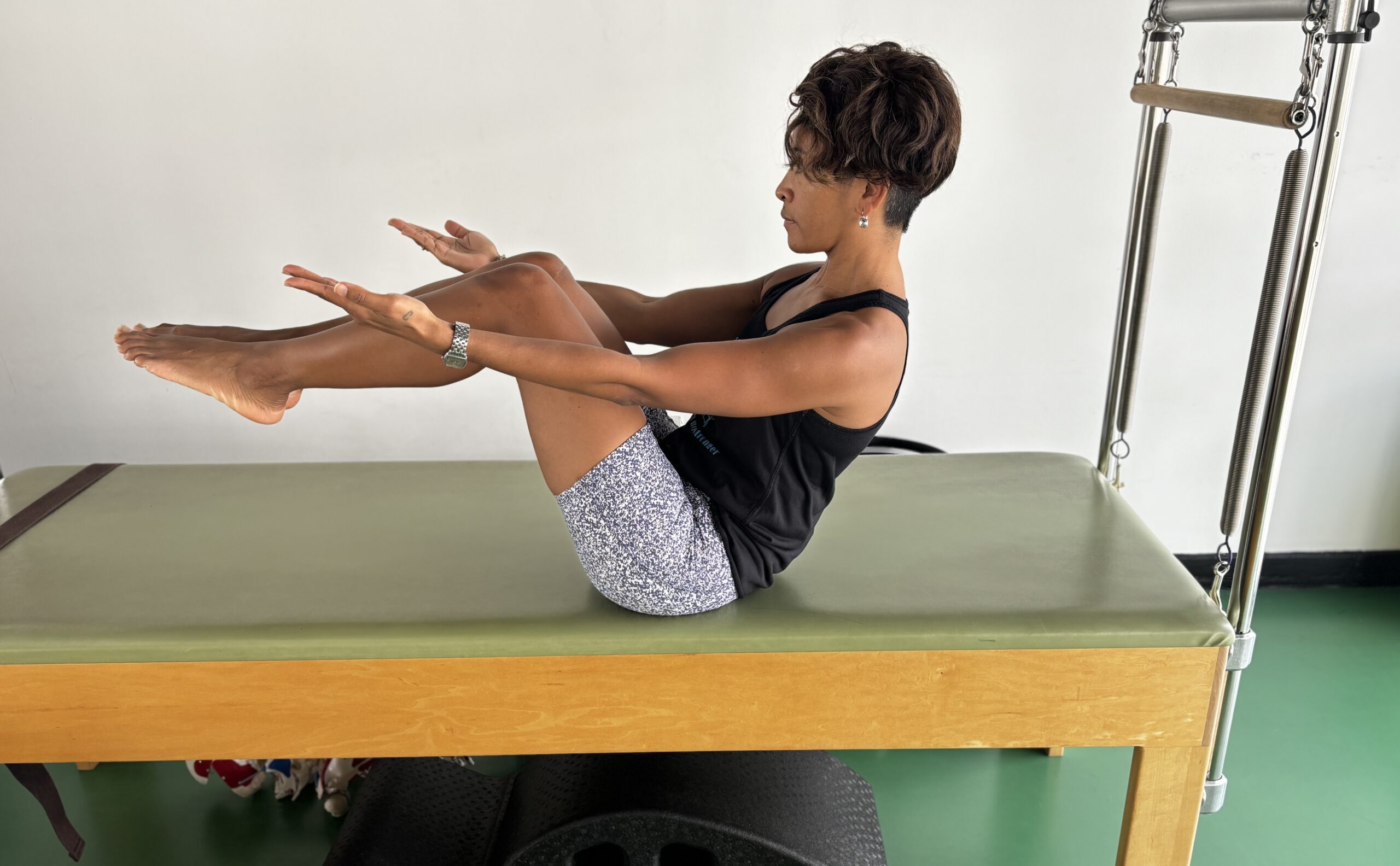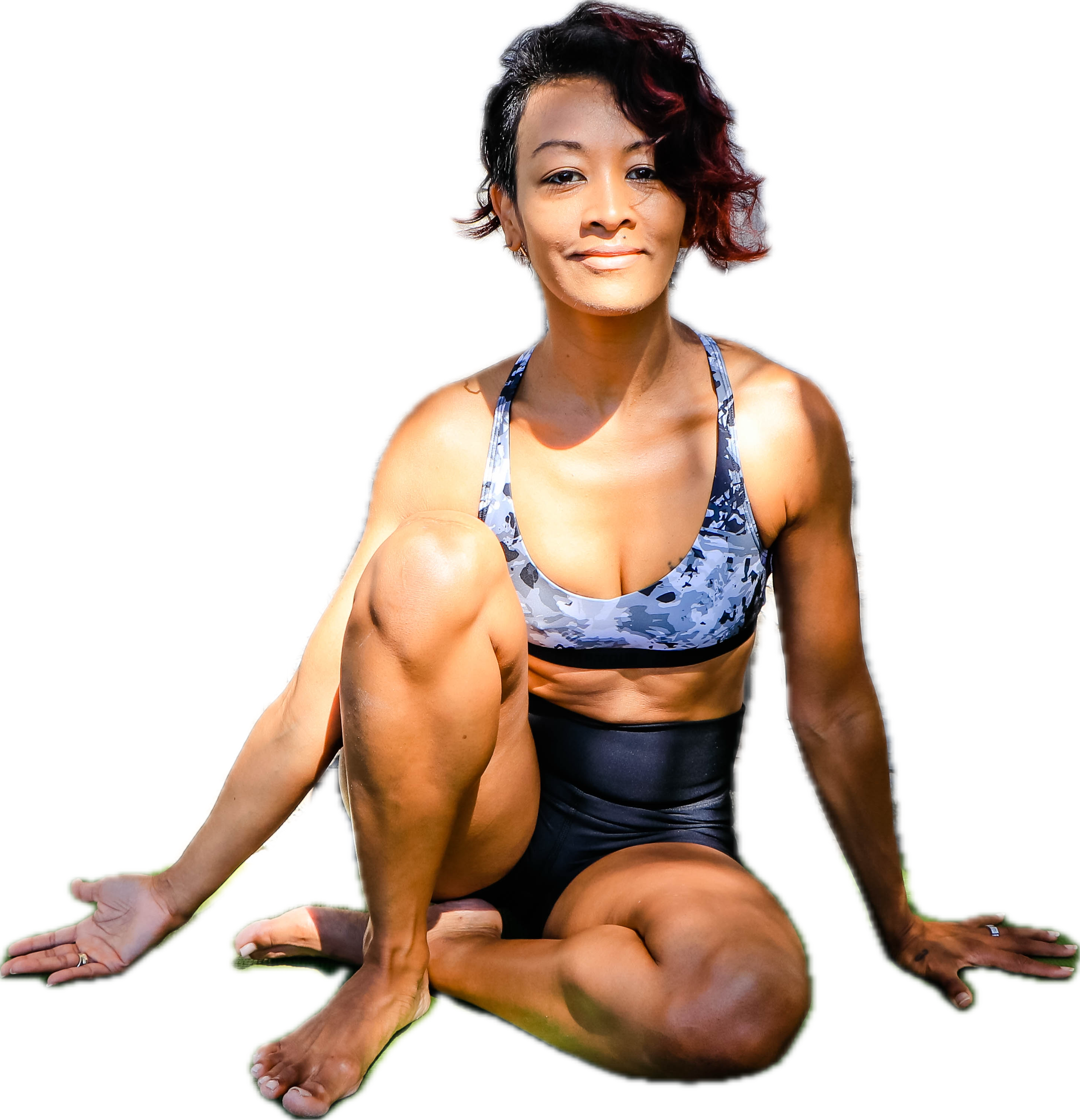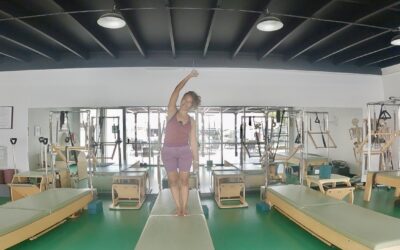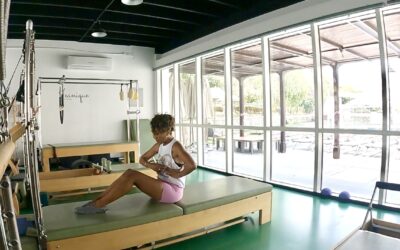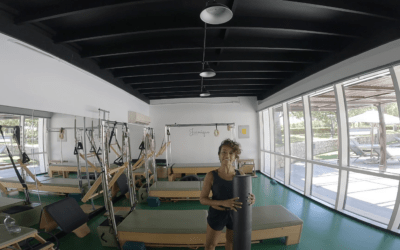I hope you had a great week! This week, we’re diving deeper into the connection between your core and upper body. It’s time to explore your natural movement patterns and notice how you can improve with greater ease and intention.
If you missed the first two weeks, catch up here:
👉 Week 1: 5 exercises + Busting 2 limiting beliefs
Solution: Be accountable for your body, practice with intention, and learn to move mindfully.
👉 Week 2: 10 exercises + Small shift, big results
Solution: Extend your upper body strength beyond the studio and integrate it into daily movements.
Today’s video (Week 3): Mat Level 1 + Beginner-friendly Teaser Breakdown
Solution: Explore your body and movement from your centre.
With each day, these small observations compound. Over time, you’ll notice subtle but powerful shifts in your body—greater ease in your posture, more fluidity in your movements, @jeaniquepilates
Exploring yourself
By becoming more conscious of your movement habits, you’ll start breaking free from limiting patterns and gaining more control over your posture, upper body strength, and overall movement quality. Today, I’ll share practical tips you can apply during your weekly Pilates sessions—whether in our studio, at home, or elsewhere.
Moving from your Center
💡💡💡 Here’s a question that caught my attention this week:
“Will the patterns I’m adding to my life eventually become natural, so I won’t have to think about them anymore?”
The answer is yes—these patterns will become second nature over time. But there’s something more important to keep in mind: as soon as you step off the mat, life’s challenges will pull you out of your centre. Your job is to keep returning.
Unlike animals or babies, we have responsibilities that constantly shift us away from our centre. For example:
- We rely on digital devices to simplify our lives.
- We sit for long periods to work, drive, and care for our families, often finding ourselves in awkward postures.
- Stress—whether from work, loved ones, or external circumstances—can tighten our shoulders, affect our sleep, and create tension we might not even be aware of.
As we age, our bodies change, and we may not feel muscle contractions the same way. We carry the weight of injuries, traumas, surgeries, or childbirth—each of which pulls us away from our centre.
While the patterns you’re developing will eventually feel natural, the key is to practice being present. In a world of distractions, consistently return to your body’s needs. Lower distractions, focus on mindful movement and listen to your body.
Explore yourself and move from your centre. You’re worth every effort. Click here to learn how to begin to notice.
Let’s Begin
Since we’ve begun building upper body strength through Pilates, have you noticed any limitations, areas in your body that you can connect to, or muscles that don’t contract?
Are they located in your arms, shoulders, chest, or neck?
- How do you use your neck during a roll-up? Can you synchronise your breathing? This fundamental exercise is everywhere in our Pilates repertoire and also in life.
- How would you describe your neck muscles—strong, weak, tight, or a combination?
As we continue this exploration, remember that I’m here to help! Feel free to ask me anything.
Use these cues
Shoulder Blade Movement:
Your shoulder blades are the two flat bones on your upper back.
a)First, notice that they move when your arms move up and down.
b) Imagine them gliding down your back as your core remains steady and engaged. How does this shift affect your posture?”
- Reformer Tips:
- Place your shoulders against the shoulder block on the Reformer, but do not push against them. Instead, gently rest both of your shoulders on the spine. Then, lift the weight of your head off your shoulders. Notice how this lightens your posture.
3. When you breathe during any exercise, observe how your chest, shoulders, and upper back respond. Deepen your breath while keeping your shoulders soft and your core engaged, and allow your chest to get bigger with air and increase in volume.
The more you become aware of your patterns, the more you break their hold. At the end of each day, take 5 minutes to reflect on your observations. Ask yourself:
- How did I hold tension in my upper body today?
- Were there moments when I felt more centred and balanced?
With each day, these small observations compound. Over time, you’ll notice subtle but powerful shifts in your body—greater ease in your posture, more fluidity in your movements, and a deeper connection to your centre. Remember, consistency is key. By checking in regularly, you’re building lasting strength and alignment that will carry you through each day with more grace.
Xo

